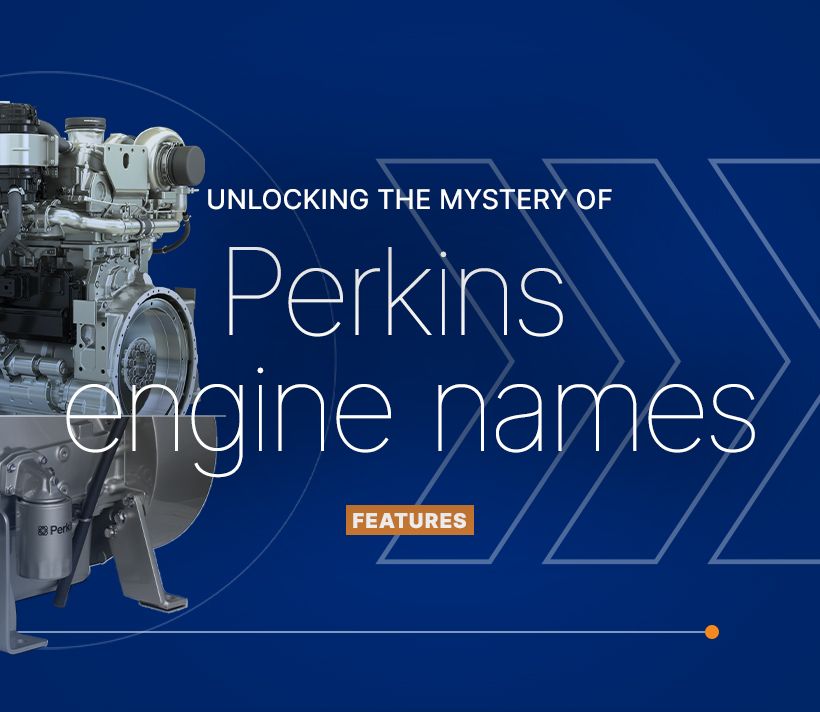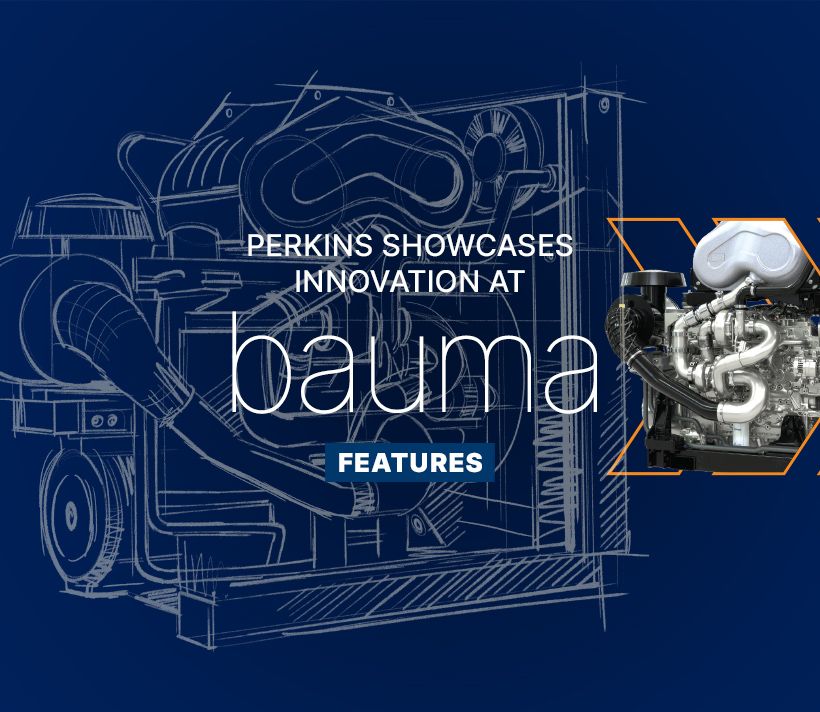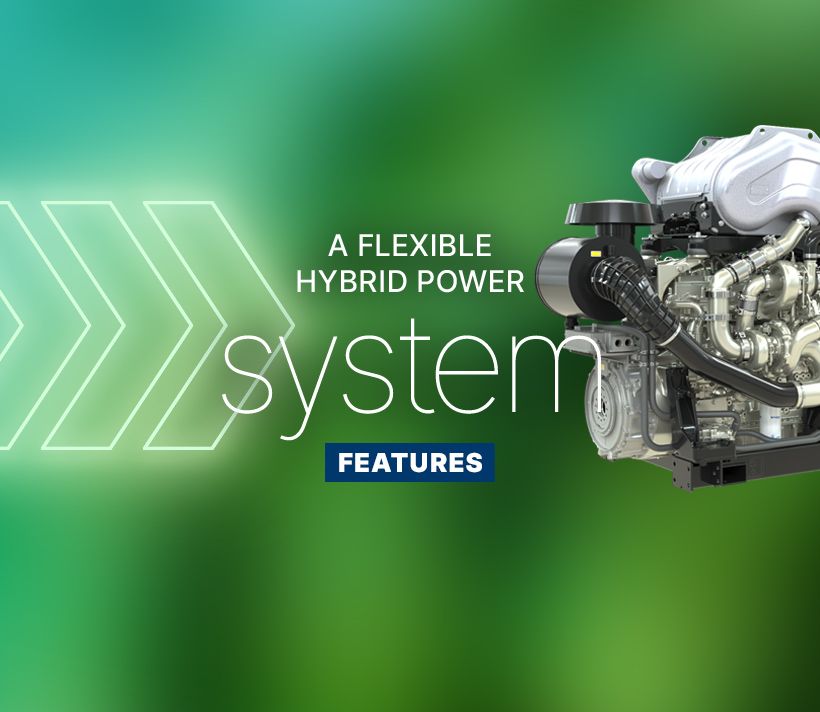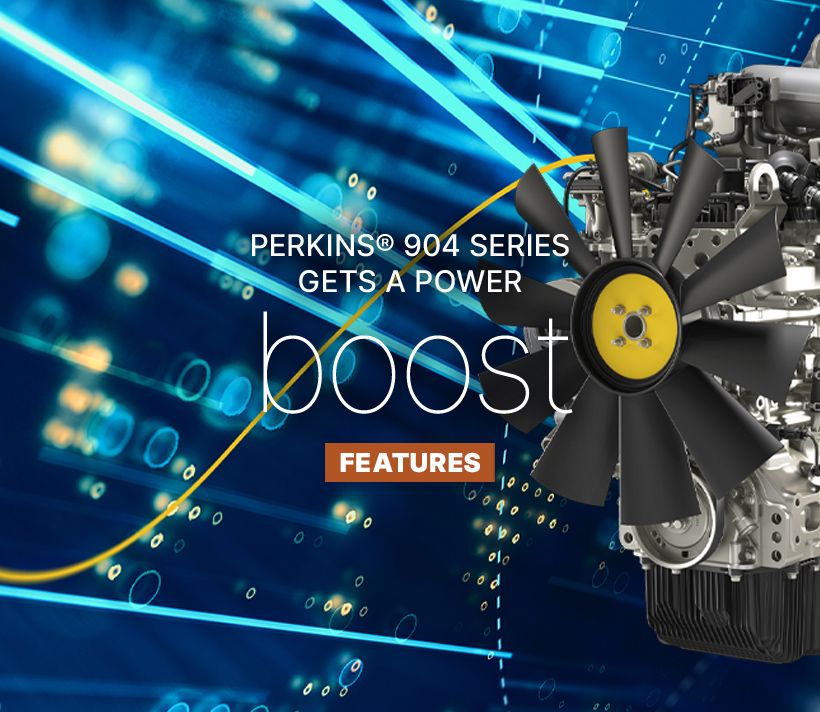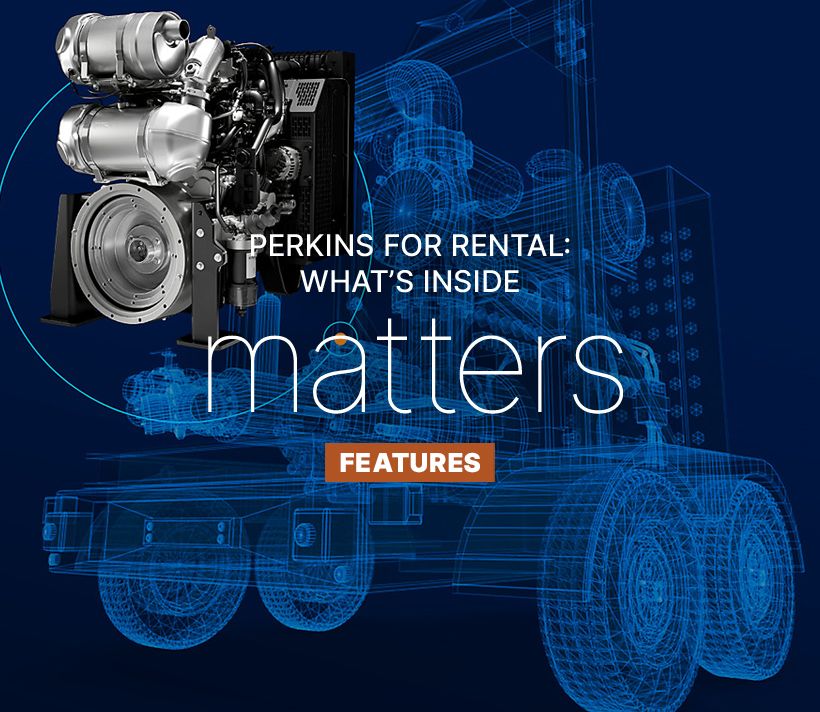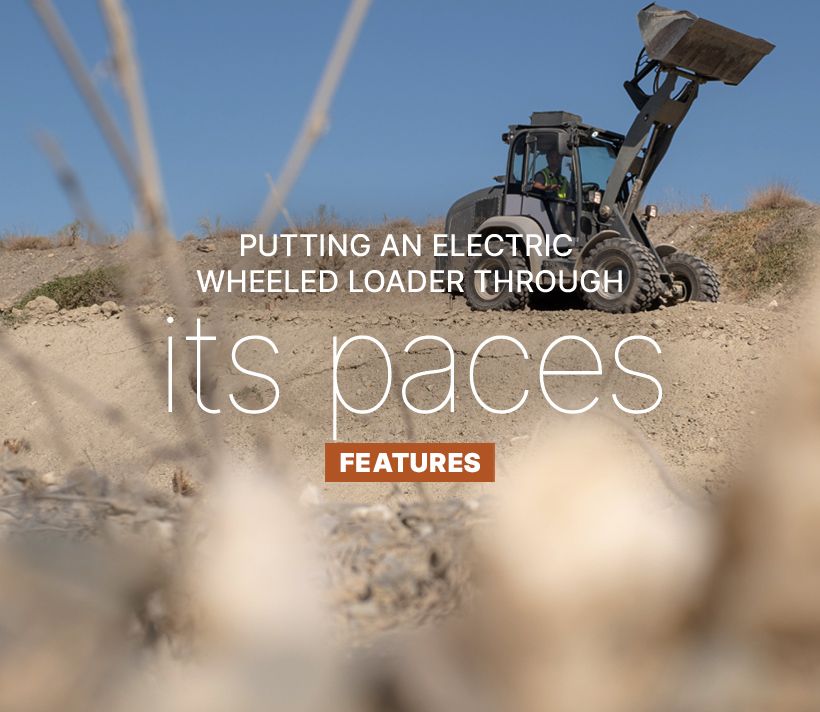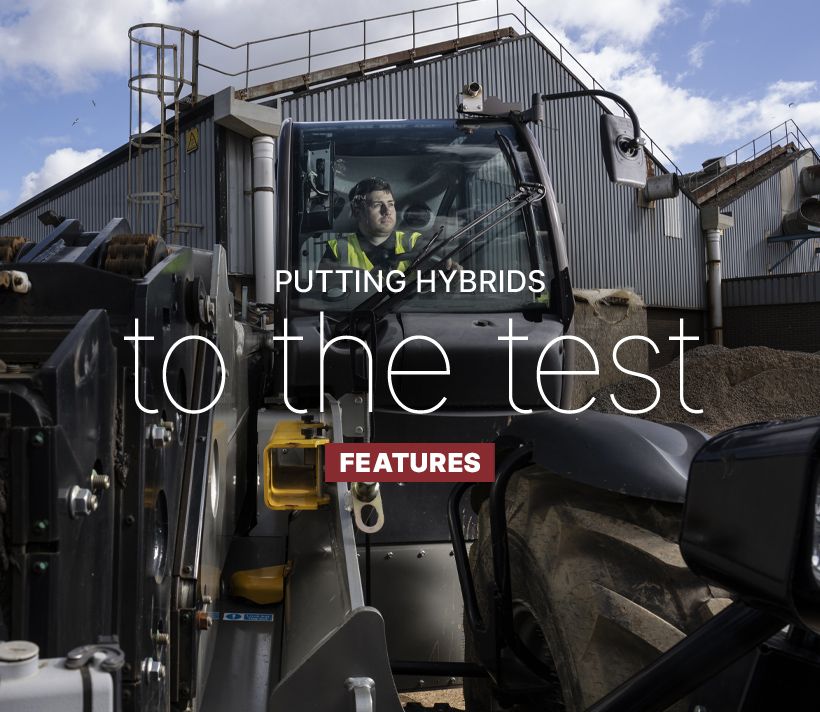If the backhoe was the original multipurpose machine, then its successor is almost certainly the telehandler. Powernews spoke to James Reed, Perkins general sales manager for global OEMs, to find out why their popularity is reaching new heights…
“Backhoes are just not as popular as they once were,” notes James, “particularly in construction, where the growing capability of small excavators – matched by the increasing reliance on rental, rather than purchase – has seen the backhoe slip from its position as the de facto standard multipurpose machine choice.
“But in agriculture too, the telehandler is fast becoming a must-have piece of kit, particularly amongst the younger farming generation who value the versatility of a machine that can lift, load, tow and run a variety of additional work tools – all with the added operator comfort that a modern telehandler offers.”
Europe has always led the pack as far as agricultural telehandler popularity is concerned, with around 50 percent of European sales destined for on-farm use. Figures from specialist forecasting company Off-Highway Research, suggest overall European telehandler sales of around 30,000 machines in the two years before the pandemic, with the category accounting for around 16 percent of all construction equipment demand1.
“But popularity varies by location,” James explains. “In the UK and France manufacturers are most likely to secure a telehandler sale – around 9,000 machines are sold in each country every year. It’s not surprising, either, that one of the UK’s largest equipment hirers, placed an order for over 500 telehandlers earlier this year.
“In Europe and the U.S. alike, the telehandler is fast becoming the ‘must have’ piece of equipment, in the agricultural and construction industry alike.”
Of course, James has an insider view of the telehandler industry too: he knows what’s powering them. “When it comes to considerations for a telehandler powerplant, an OEM generally has some specific attributes in mind.”
Chief among those is the torque curve, particularly low-speed torque. “Irrespective of the nature of the load, whether it’s a pallet of bricks or a bucketful of grain, a telehandler operator needs low-speed load acceptance above all else. The machine needs to be able to lift its load while idling,” James explains.
“But then there’s the other end of the scale, where a farmer’s using the telehandler as a towing vehicle between field and farmyard. He’s going to expect a top speed on public roads of 30 or 40 kph, as allowed, as well as wanting that low-speed torque again to enable a quick pull-out from a gateway or a junction.”
That combination of low-speed torque and high-end performance might be specific, but the other factors are more predictable. First, a favourable noise profile, not just for the operator who’s spending all-day in the cab, but also for a workforce – especially in construction – who might spend all-day near an operating telehandler. Then it’s as might be expected for many other applications: minimal vibration combined with maximum fuel efficiency.
According to James, the Perkins® 904 Series engines – specifically, the 2.8 and 3.6 variants – are those being favoured by OEMs for this important segment. “Not only do they offer all those attributes – including high-power characteristics matched with all-essential torque density – but they present OEMs with a highly attractive design too, specifically their very compact nature,” says James.
“There’s something of a ‘power struggle’ at this all-important 100 kW level. Engine efficiency, engine performance – both are stretching ever upwards. As that happens, compact engines like the Perkins 904 Series are edging out the four-litre blocks.”
These engines are designed to fit existing and future generations of machines without the need for extensive re-engineering or costly retooling. Of course, it’s not only about the space – there’s assembly to consider too. That’s why these engines also have a minimal need for an OEM to fit additional parts, such as exhaust, engine mounts or sound insulation.
“It’s up to an OEM to decide how best to use that advantage,” he says. “Right now, with all the issues in the global supply chain, I think a lot of manufacturers would see that as providing a valuable opportunity to boost output and meet demand.”
1. Construction Europe: Telehandlers: Compact, simple, powerful
Have you ever looked at the name of a Perkins engine and wondered what all those numbers and letters actually mean? If so, you’re certainly not alone. But rest assured the nomenclature is anything but random.
Read morePower systems, services and technologies engineered for efficiency, productivity and fuel flexibility will be on show.
Read moreWhy stick to one fuel, when you can have a configurable power system?
Read morePerkins has announced a power uplift to the popular 3.6 litre variant.
Read moreWe chat to Corey Berry following the successful showings at American Rental Association (ARA) and United Rentals exhibitions.
Read moreWe headed to Malaga, Spain, to learn more and see the machine in action.
Read morePowernews caught up with Sylvia to learn more about her responsibilities, motivations, and leadership journey.
Read moreHow our Customer Solutions and Engineering teams are actively helping customers reduce fuel consumption.
Read more
